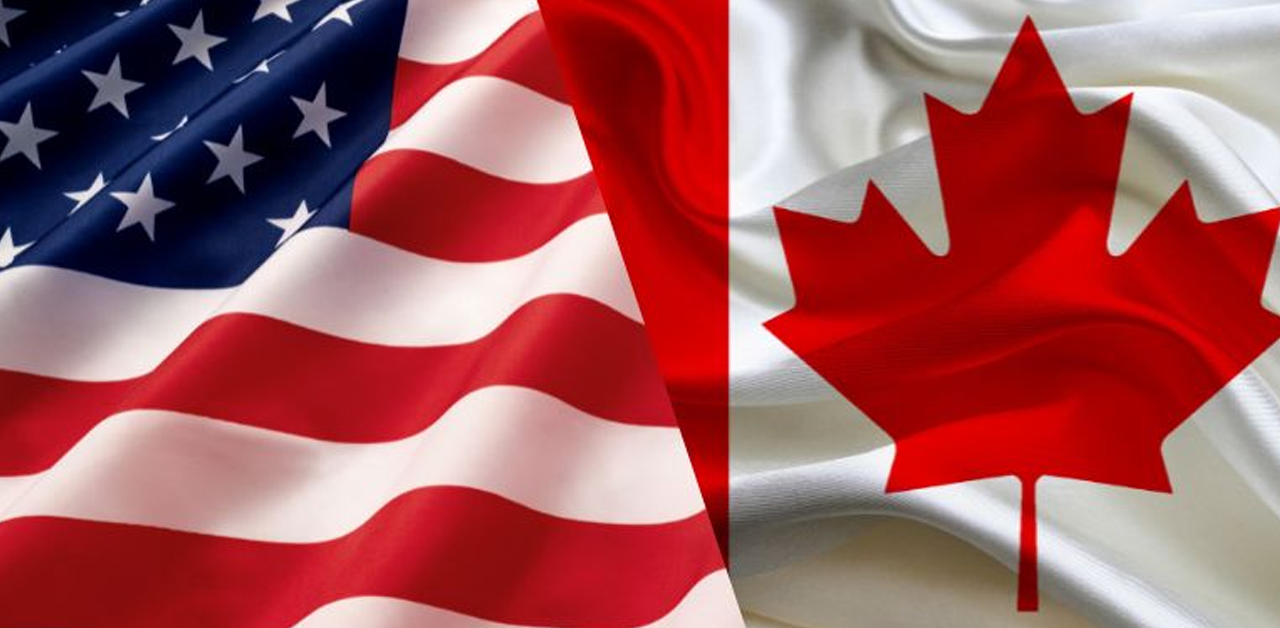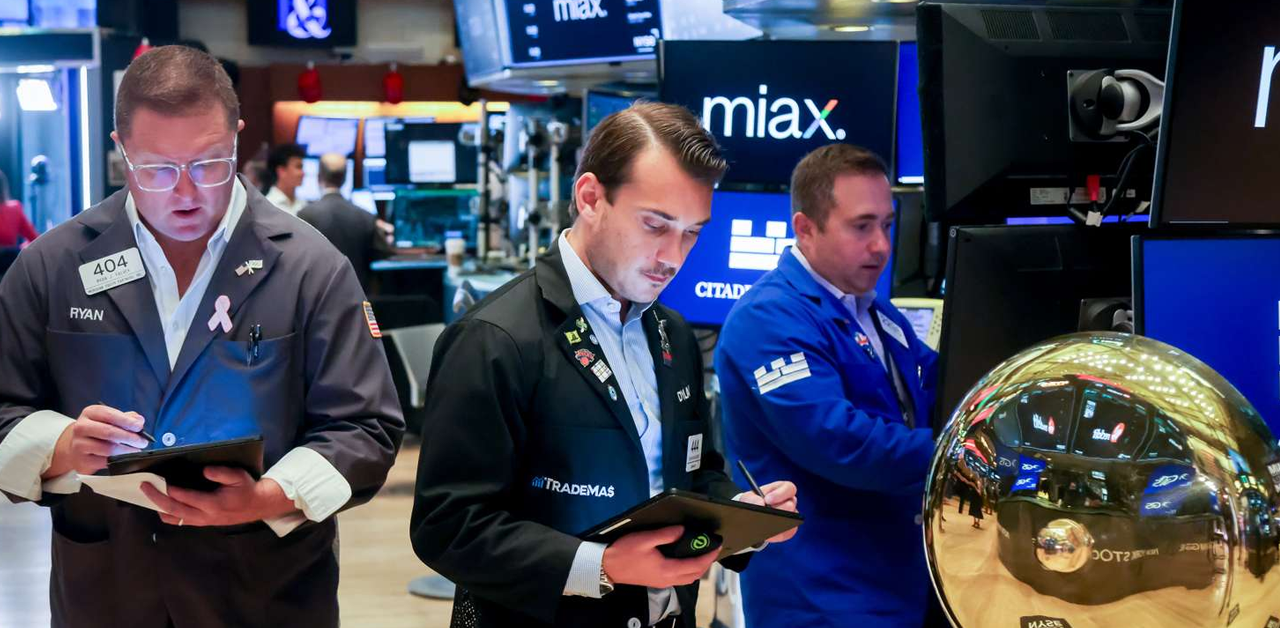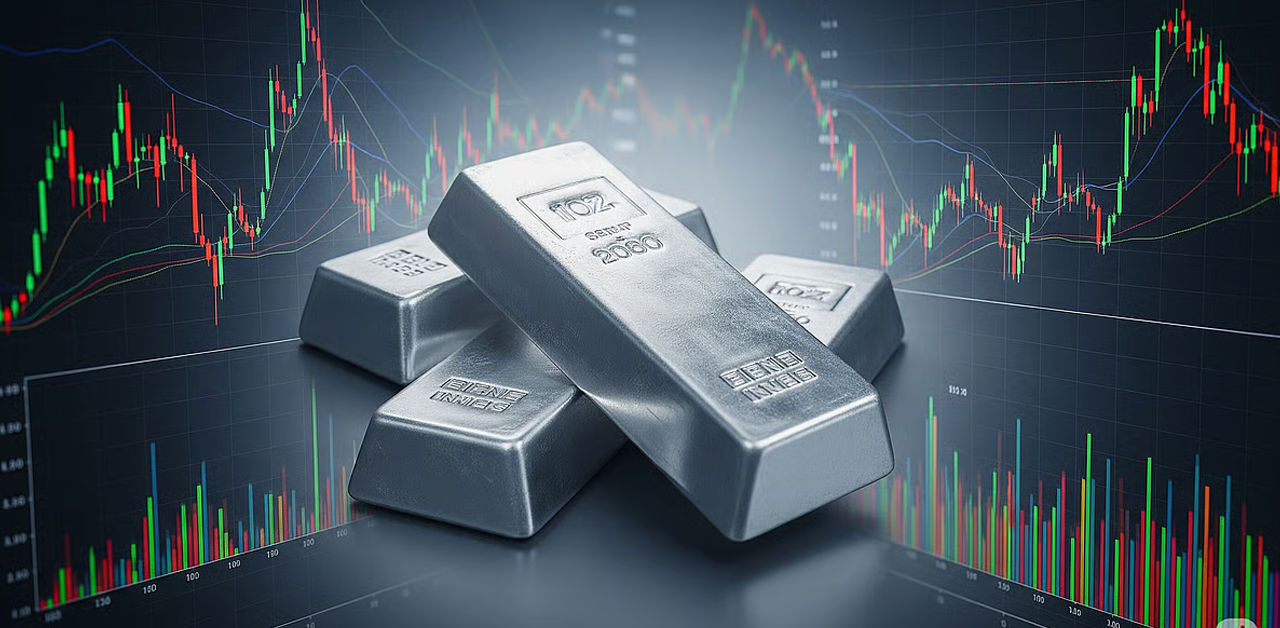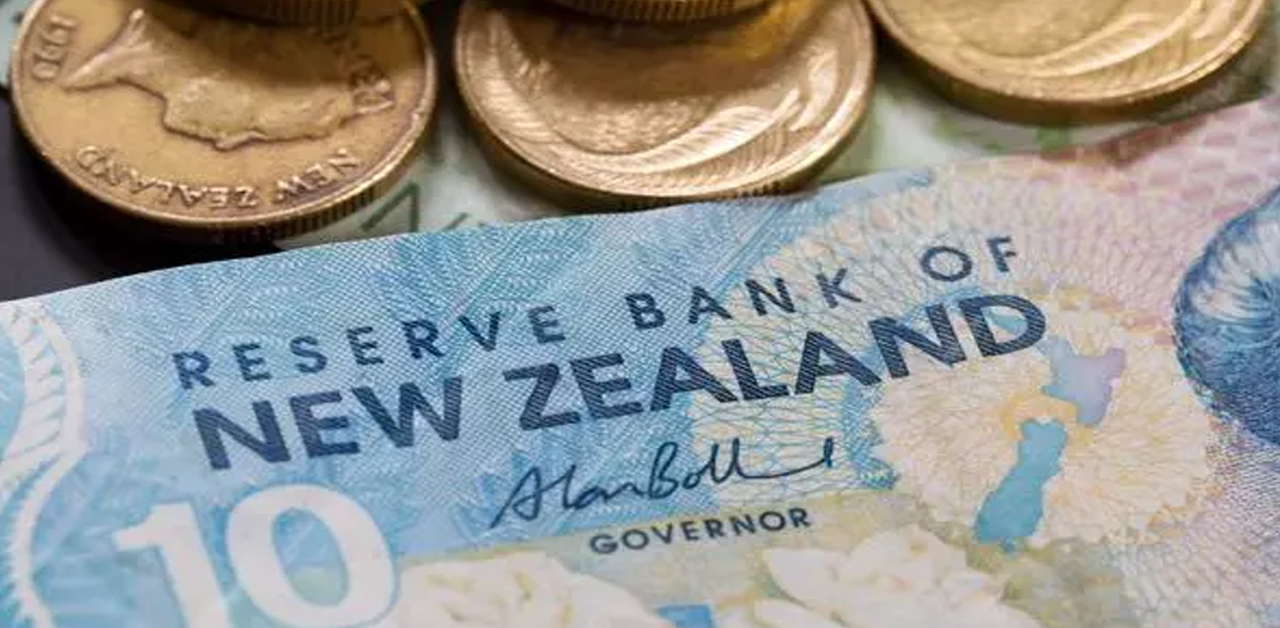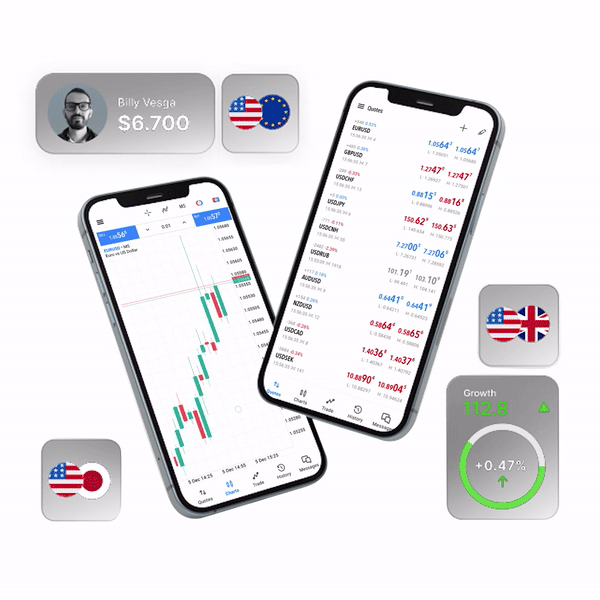In trading, charts matter—they show where the market’s headed so you can decide better. With various methods, traders boost their results. Among these, the chart patterns help catch good moments for trades. The Flag Pattern chart is one such resource for traders.
As a trader, you will likely have this question in mind: How to Trade in Forex. Moreover, you will be aiming to gain mastery in it; however, it is a little difficult. Especially because currency trading moves fast. If you want to stay ahead, you need tools that actually make sense, not just more noise and confusion. That’s where flag pattern charts come in. They’re straightforward and reliable, and—if you know what to look for—they can help you spot your next trade before most people even see it coming. Let’s learn more about these.
What is a Flag Pattern Chart?
A flag pattern chart in technical analysis pops up when prices pull back briefly against the main trend, almost like the market’s catching its breath before moving on. The name pretty much says it all—the chart looks like a flag waving on a pole. Traders watch for these because flags signal a quick pause, and that pause often sets up a chance to jump in or get out before the trend kicks back in.
You’ll spot a flag after a sharp price move, then the price tightens up for a bit, then—boom—the breakout happens in the same direction as before. Bullish flags usually come with a burst of volume at the start, then things quiet down while the price consolidates. Bearish flags can act a bit differently, depending on how much selling pressure there is.
The key to trading these patterns well? Nail your entry, set a smart stop-loss, and know when to take profits. That way, you catch the move without taking on too much risk. Flags show up in both rising and falling markets, so they’re pretty handy whether you’re trading foreign currency or stocks. More on this ahead.
How Do You Use the Flag Pattern Chart Effectively?
1. Find the flagpole. Watch for a strong, quick price jump or drop. That’s the spark that creates the pattern.
2. Watch for consolidation. The price stops stampeding and drifts sideways or slightly against the trend. It means the market is still catching its breath and forms the “flag.”
3. Check the volume. When the flag forms, volume usually drops. But when the breakout happens, volume should jump again. That’s your sign things are heating back up.
4. Wait for the breakout. Don’t jump in too soon. Let the price break through the flag’s edge in the direction of the original trend. That’s your green light.
The biggest mistake while utilizing flag pattern chart? Getting in before the breakout. It’s tempting, but patience pays. Wait for confirmation. Over time, you’ll trust your instincts more and trade with a lot more confidence.
Why Knowledge of Flag Pattern Chart Matters
Why do such chart patterns matter? Because they tell you the trend isn’t done yet—just catching its breath. That means:
– You can predict when the current trend is likely to keep going.
– You get clear spots for entries and exits.
– You can set your stop-loss orders in smart places, not just guesswork.
– You can plan for more realistic profit targets.
For example, if you see a bullish flag, you wait for the price to break above the flag, then jump in. If it’s a bearish flag, you look for a break below the flag to short. Simple, effective, and it works.
Types of Flag Patterns
Let’s break down the types:
1. Bullish Flag: After a strong climb, the flag drifts down a bit. A break above? That’s your cue to buy.
2. Bearish Flag: After a sharp fall, the flag tilts up. A drop below? Time to sell.
3. Pennants & Wedges: These look like little triangles or wedges, with lines converging. They work much like flags but often mean bigger, faster price moves.
Knowing which type you’re dealing with helps you set your targets and stops like a pro.
Strategies for Using a Flag Pattern Chart
Now, how do you actually use a flag pattern chart in your strategy?
– Only enter after the breakout confirms the trend.
– Set your stop-loss below the flag (bullish) or above it (bearish).
– For your profit target, measure the flagpole and tack that distance onto the breakout price.
– Always check higher timeframes—make sure your trade fits the bigger market picture.
Conclusion
If you’re looking to gain expertise on trading foreign currency, the flag pattern chart is a great place to start. It isn’t just easy to read—it gives you clear signals for when to get in, where to set your stop-loss, and how to pick your profit targets.
Moreover, with such a chart pattern, traders learn how to combine spotting trends with checking trades—mix it with a smart plan, then trade. You’ll feel surer and safer. When you learn this setup, things go quicker, errors drop, and confidence grows. Newcomers also love it because it’s clear and simple. For seasoned traders, this slips into existing tactics without hassle.
When you get this question, ” How to Trade in Forex,” in your mind, you are likely to check various resources. However, in your journey to master currency trading, a broker platform offering quality learning sources like webinars, video lessons, and facilities like copy trading is excellent, and for this you must check out Xtreme Markets.




